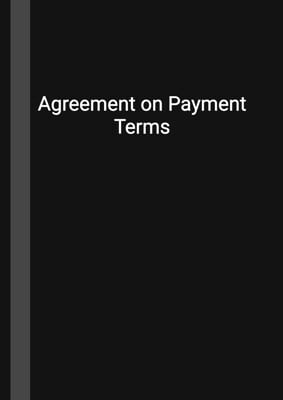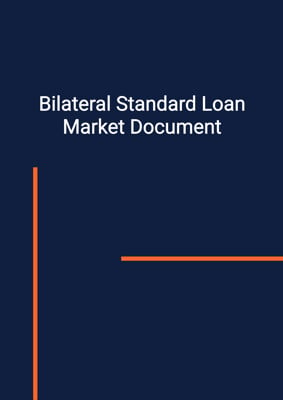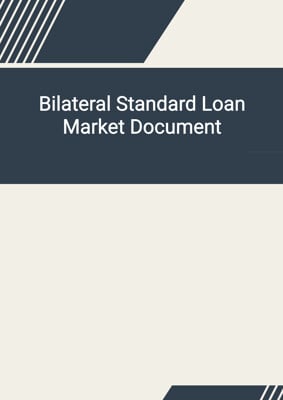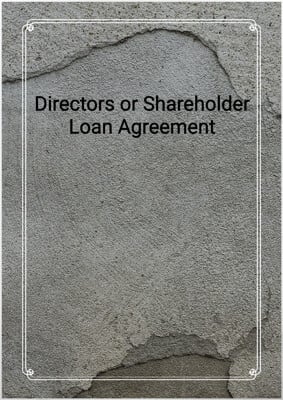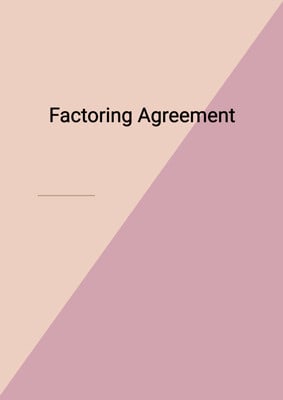How to Tailor the Document for Your Need?
01
Create Document
Fill in the details of the parties. You can click the "Fill with Member’s Information" button to complete it with information saved to your account.
02
Fill Information
Please fill in any additional information by following the step-by-step guide on the left hand side of the preview document and click the "Next" button.
03
Get Document
When you are done, click the "Get Document" button and you can download the document in Word or PDF format.
04
Review Document
Please get all parties to review the document carefully and make any final modifications to ensure that the details are correct before signing the document.
Document Preview
Document Description
The Commercial Loan Agreement (Corporate Borrower) is a document that outlines the terms and conditions of a loan agreement between a lender and a corporate borrower. This document is of utmost importance as it establishes the legal obligations and responsibilities of both parties involved in the loan transaction.
The entire document is divided into several sections, each serving a specific purpose. The first section is the interpretation section, which provides definitions for key terms used throughout the agreement. This ensures clarity and understanding of the terms used in the document.
The second section is the loan agreement itself, where the lender agrees to advance a specified loan amount to the borrower. This section outlines the terms and conditions of the loan, including the interest rate, repayment date, and any other amounts payable by the borrower.
The third section deals with the repayment of the loan. It specifies the borrower's obligation to repay the principal outstanding and any other amounts payable under the agreement. The repayment date is determined based on the terms agreed upon by both parties.
The fourth section addresses payments and taxes. It outlines the requirements for making payments to the lender, including the address and timing of payments. It also emphasizes that payments should be made without any deductions or set-offs, including for taxes.
The fifth section consists of representations made by the borrower. These representations include the borrower's incorporation status, validity of obligations, financial position, absence of pending actions or proceedings, and ownership of property.
The sixth section outlines the borrower's general obligations, which include maintaining proper books of account, providing audited accounts, and ensuring that no event of default occurs.
The seventh section defines the events of default, which may trigger immediate repayment of the loan and other amounts payable. These events include non-payment, enforcement of encumbrances, incorrect representations, insolvency, and certain changes in the borrower's structure.
The eighth section is an indemnity clause, where the borrower agrees to indemnify the lender against any loss incurred in connection with taxes or an event of default.
The ninth section deals with costs, requiring the borrower to pay the lender's costs and expenses related to the agreement, including legal costs and stamp duties.
The tenth section addresses the application of money received by the lender, allowing the lender to apply the amounts received against the borrower's liabilities in a manner determined by the lender.
The eleventh section covers notices, specifying the requirements for giving notice under the agreement, including the methods of delivery and deemed receipt.
The twelfth section emphasizes that time is of the essence for the borrower's obligation to pay money.
The thirteenth section includes miscellaneous provisions, such as the evidentiary value of a certificate signed by the lender, the requirement for written waivers or variations, and the exclusion of legislation that may vary the borrower's obligations.
The fourteenth section contains the governing law and jurisdiction clause, specifying the applicable law and the jurisdiction for any disputes arising from the agreement.
In summary, the Commercial Loan Agreement (Corporate Borrower) is a comprehensive document that covers all aspects of a loan agreement between a lender and a corporate borrower. It ensures that both parties understand their rights and obligations and provides a legal framework for the loan transaction.
How to use this document?
1. Provide information: Enter the borrower's and lender's information in the agreement, including their names and addresses. This ensures accurate identification of the parties involved.
2. Specify loan details: Clearly state the loan amount and the terms of the loan, including the interest rate and repayment date. This ensures that both parties are aware of the loan terms and conditions.
3. Outline repayment schedule: Specify the repayment schedule, including the dates and amounts to be repaid by the borrower. This helps both parties track the repayment progress and ensures timely repayment.
4. Make payments: Ensure that all payments are made to the lender as specified in the agreement. Payments should be made within the designated business hours and without any deductions or set-offs.
5. Comply with representations: The borrower should ensure that all representations made in the agreement are accurate and up to date. This includes maintaining proper books of account and providing audited accounts when required.
6. Avoid events of default: Take necessary measures to prevent any events of default from occurring. This includes fulfilling all payment obligations and complying with the terms of the agreement.
7. Indemnify the lender: Understand the indemnity clause and be prepared to indemnify the lender in case of any loss incurred due to taxes or an event of default.
8. Pay costs and expenses: Be aware of the borrower's responsibility to pay the lender's costs and expenses related to the agreement, including legal costs and stamp duties.
9. Follow notice requirements: Adhere to the notice requirements specified in the agreement when communicating with the lender. Ensure that notices are delivered in writing and within the specified timelines.
10. Understand governing law and jurisdiction: Familiarize yourself with the governing law and jurisdiction clause to understand the applicable law and jurisdiction for any disputes arising from the agreement. Seek legal advice if needed.
Please note that this guidance is for informational purposes only and does not constitute legal advice. It is recommended to consult with a legal professional for specific guidance related to the Commercial Loan Agreement (Corporate Borrower).

